If you’re looking for a way to add more living space to your property or generate some extra income, an accessory dwelling unit (ADU) might be the perfect solution for you. An ADU is a self-contained living space that is built on the same lot as your primary residence. It can be used for a variety of purposes, including housing family members, renting out for additional income, or providing affordable housing.
Understanding ADUs is an important step in deciding whether to build one on your property. There are many factors to consider, such as the size and style of the unit, how it will be used, and any legal and regulatory compliance requirements.
Planning Your ADU involves determining your budget, finding a reputable contractor, and designing a space that meets your needs and preferences. Once construction is complete, you’ll need to think about the Finishing Touches, such as landscaping and decorating, before you can start renting it out or moving in.
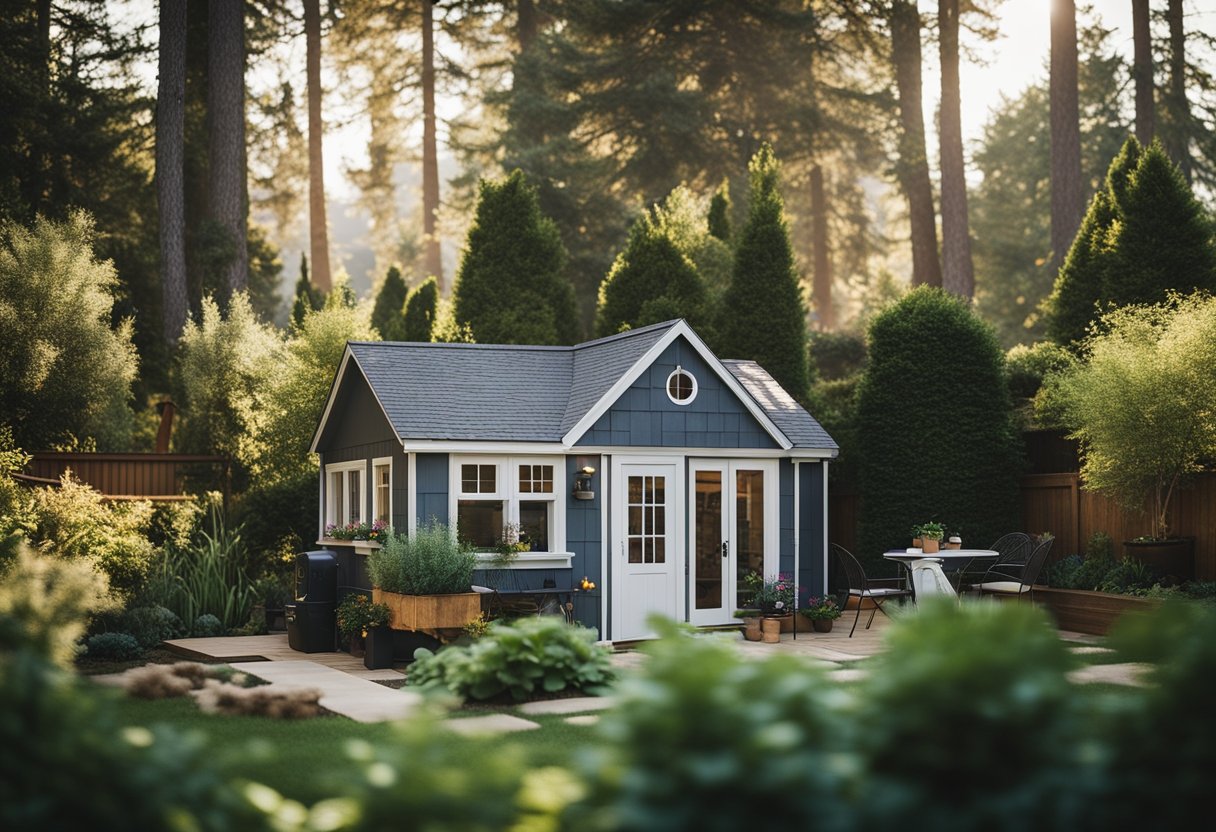
Key Takeaways
- ADUs are a great way to add living space to your property or generate additional income.
- Understanding ADUs is an important step in deciding whether to build one on your property.
- Planning Your ADU, complying with legal and regulatory requirements, and adding the Finishing Touches are all important steps in the process.
Understanding ADUs
If you’re looking for a way to increase the value of your property or to create additional living space for your family, an Accessory Dwelling Unit (ADU) might be the perfect solution for you. ADUs are self-contained living spaces that can be attached or detached from the main house, and can be used for a variety of purposes. Here’s what you need to know about ADUs.
Types of ADUs
There are several types of ADUs, including basement ADUs, garage or carriage house ADUs, and backyard cottages. Basement ADUs are located in the basement of the main house, while garage or carriage house ADUs are located in a separate building on the property. Backyard cottages are stand-alone structures that are built in the backyard of the main house.
Benefits of Adding an ADU
Adding an ADU to your property can have several benefits. For one, it can increase the value of your property. According to This Old House, “Adding an ADU can add to the marketability of your home.” Additionally, an ADU can provide additional income if you decide to rent it out.
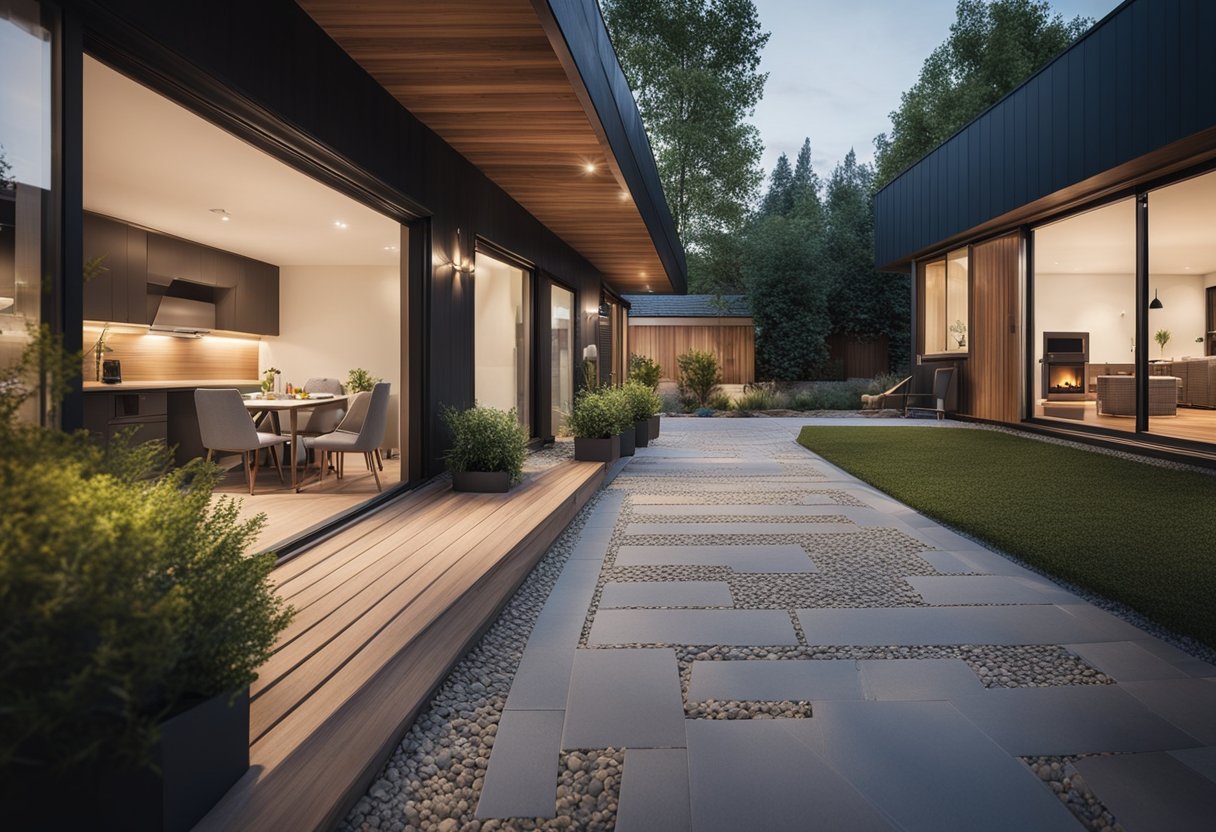
Potential Uses for ADUs
ADUs can be used for a variety of purposes, including as a rental unit for extra income, as a home office, as a place for aging parents or adult children to live, or as a guest house. ADUs can also be used as a way to downsize while still staying on your property.
Overall, adding an ADU to your property can be a great investment. It can increase the value of your property, provide additional income, and offer a variety of potential uses. Consider your needs and budget, and talk to a contractor or architect to determine if an ADU is the right choice for you.
Planning Your ADU
If you’re considering building an accessory dwelling unit (ADU), there are several things you need to consider before starting your project. Planning your ADU will help ensure that you have a successful and stress-free building experience. Here are some things to keep in mind when planning your ADU.
Assessing Your Property
Before you start designing your ADU, you need to assess your property to determine if it is suitable for an ADU. Some factors to consider include the size of your lot, setbacks, zoning regulations, and utility connections. You may need to consult with an architect, engineer, or designer to help you assess your property and determine the best location for your ADU.
Design and Layout Considerations
Once you have assessed your property and determined that it is suitable for an ADU, you need to start thinking about the design and layout of your ADU. You will need to consider the size of your ADU, the number of bedrooms and bathrooms, and the overall layout of the unit. You may want to consult with an architect or designer to help you create a design that meets your needs and fits within your budget.

Budgeting for Your ADU
One of the most important things to consider when planning your ADU is your budget. You will need to consider the construction cost, financing options, and any other expenses associated with building your ADU. You may want to explore financing options such as renovation loans, cash-out refinance, or credit cards to help you pay for your ADU. You should also consider the potential return on investment and how your ADU will affect your property value and home equity.
In summary, planning your ADU is an important step in the building process. Assessing your property, considering the design and layout, and budgeting for your ADU will help you create a successful project that meets your needs and fits within your budget.
Legal and Regulatory Compliance
When it comes to adding an accessory dwelling unit (ADU) to your property, there are several legal and regulatory compliance requirements you need to meet. This section will give you an overview of some of the most important considerations you need to keep in mind.
Understanding Zoning Laws
Before you start building an ADU, it’s important to understand the zoning laws in your area. Zoning laws dictate how land can be used, and they can vary significantly from one jurisdiction to another. Some areas allow ADUs in all residential zones, while others restrict them to specific areas or have specific requirements for lot size, setback, and other factors. You can check with your local government or consult with a zoning attorney to find out what the rules are in your area.
Building Codes and Standards
Building codes and standards are another important consideration when adding an ADU. These codes and standards set minimum requirements for things like structural integrity, fire safety, and electrical and plumbing systems. You’ll need to make sure that your ADU meets all of these requirements before you can get a building permit. You can consult with a licensed contractor or architect to make sure that your ADU meets all of the necessary codes and standards.
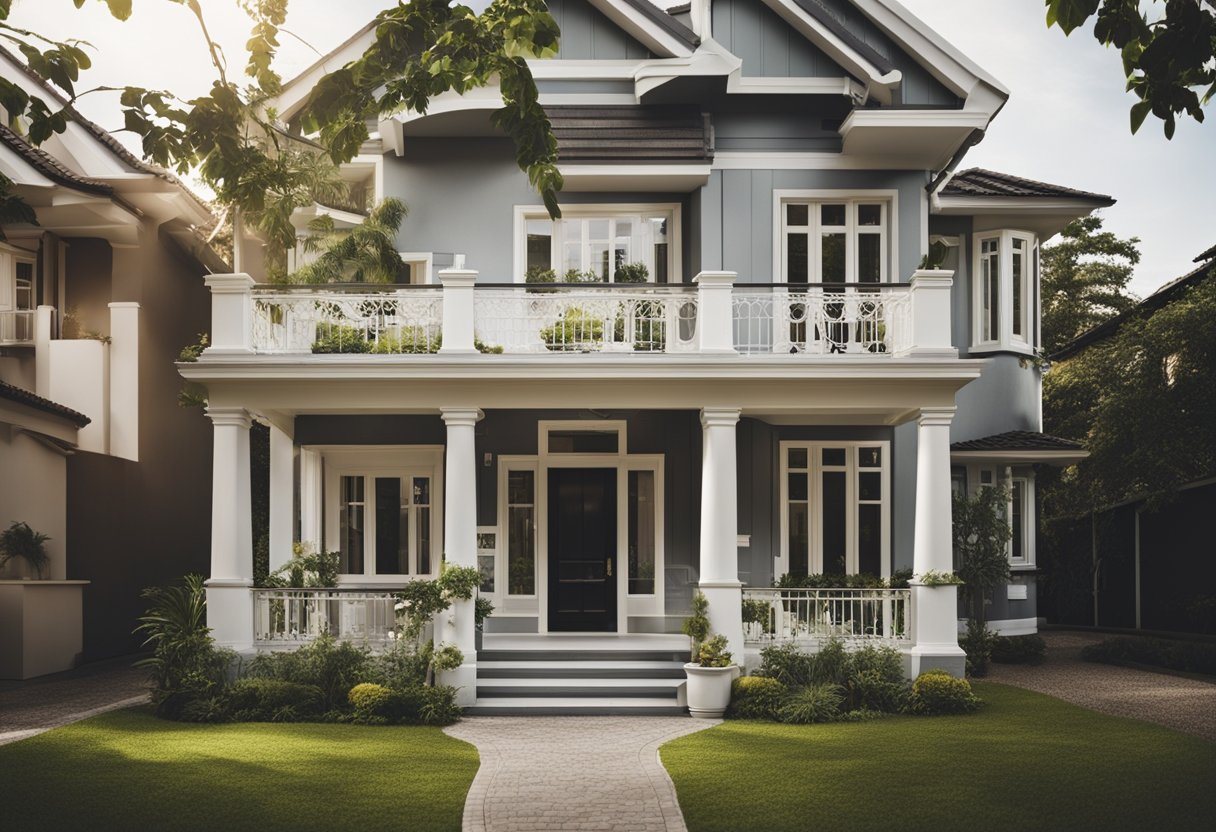
Getting the Right Permits
Finally, you’ll need to get the right permits before you can start building your ADU. The specific permits you’ll need will depend on the regulations in your area, but they may include building permits, zoning permits, and other local permits. You’ll need to submit plans and specifications for your ADU to the local government for review and approval before you can get these permits. Make sure to follow all of the local regulations and ordinances to avoid any delays or fines.
In summary, adding an ADU to your property requires compliance with local regulations, zoning laws, building codes, and other legal requirements. Make sure to consult with local authorities and licensed professionals to ensure that your ADU meets all of the necessary standards and regulations.
Construction Process
If you are planning to add an accessory dwelling unit (ADU) to your property, it is important to understand the construction process involved. Here are some key steps you should follow:
Selecting a Contractor
One of the most important decisions you will make during the construction process is selecting a contractor. You should look for a licensed and experienced builder who has a good reputation in the industry. Make sure to ask for references and check their credentials before hiring them.
Construction Phases
The construction of an ADU can be divided into several phases, including site preparation, foundation, framing, roofing, plumbing, electrical, insulation, drywall, and finishing. Each phase requires careful planning and execution to ensure that the project is completed on time and within budget.
Managing Construction Challenges
During the construction process, you may encounter various challenges, such as unexpected delays, construction errors, or budget overruns. It is important to have a contingency plan in place to manage these challenges effectively. You should also communicate regularly with your contractor to ensure that you are on the same page throughout the construction process.
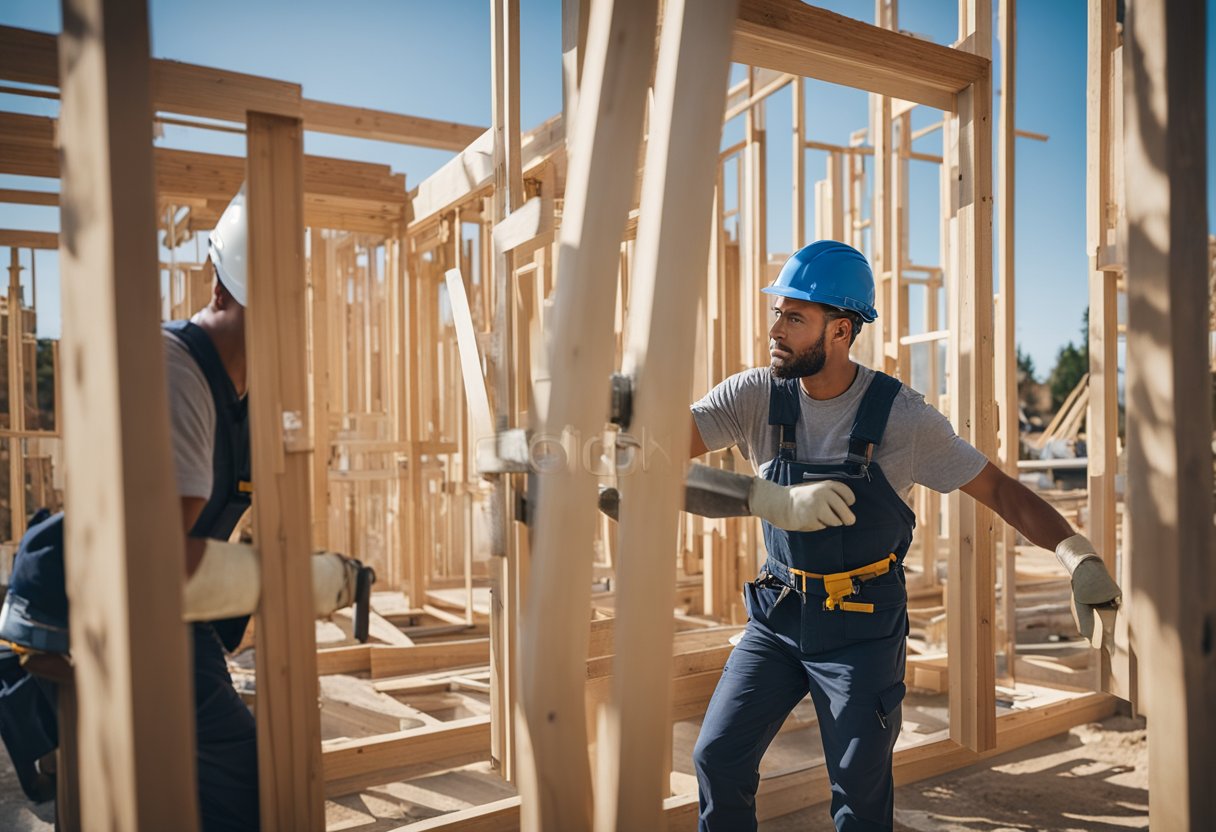
When it comes to construction costs, you should be prepared to invest a significant amount of money in building an ADU. According to GreatBuildz, the costs to construct a new accessory dwelling unit will generally range from $200,000-$400,000. The cost per square foot can range from $400-$600, depending on the size of the space.
You should also be aware of building codes and regulations that apply to ADUs in your area. The Ontario Building Code sets out minimum room sizes in dwelling units, including second units. Room sizes vary depending on whether rooms are separated by walls or the unit is open concept.
Overall, building an ADU can be a challenging but rewarding experience. By following these steps and working closely with your contractor, you can ensure that your project is completed successfully and meets all your needs and expectations.
Finishing Touches
After completing the construction of your accessory dwelling unit (ADU), it’s time to focus on the finishing touches that will make it a comfortable and enjoyable living space. Here are some things to consider:
Interior Design and Amenities
The interior design of your ADU will depend on your personal taste and the intended use of the space. If you plan to rent it out, consider adding amenities that will attract potential tenants, such as a modern kitchen, a nice and spacious bathroom addition, and comfortable living and sleeping areas. You can also add finishing touches such as stylish light fixtures, window treatments, and artwork to give the space a polished look.
Exterior Considerations and Landscaping
The exterior of your ADU is just as important as the interior. Consider adding landscaping to enhance the curb appeal of your property. You can add a garden, planters, and trees to create a welcoming outdoor space. You can also add exterior lighting to highlight the architectural features of your ADU and to improve safety and security.
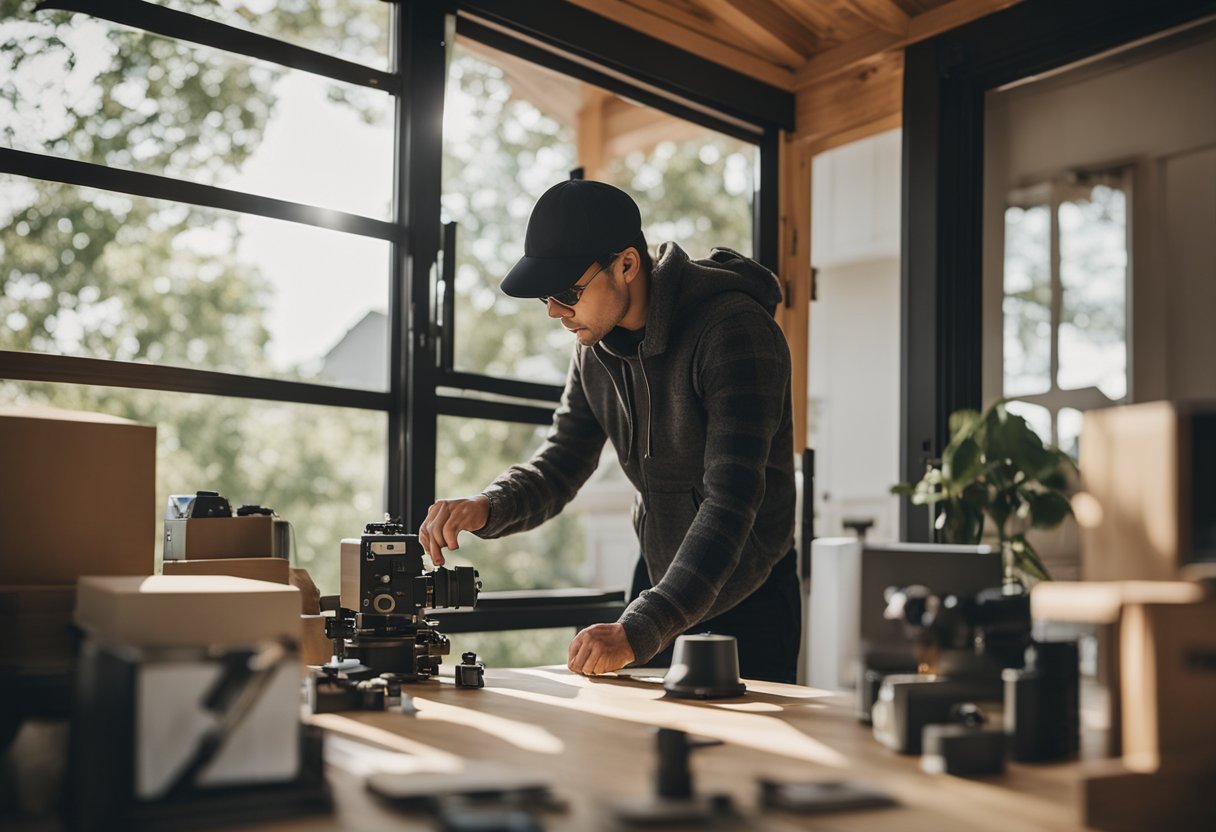
Utility Connections and Services
Make sure that your ADU is properly connected to all necessary utilities, including water, electricity, and gas. You may also want to consider adding insulation to improve energy efficiency and reduce heating and cooling costs. If you plan to rent out your ADU, make sure that you have adequate parking available for tenants.
By paying attention to these finishing touches, you can create an ADU that is not only functional but also stylish and comfortable. With the right design and amenities, your ADU can be a valuable addition to your property and a great investment for years to come.
Financial Considerations
When it comes to adding an Accessory Dwelling Unit (ADU) to your property, there are several financial considerations to keep in mind. This section will cover the most important aspects of financing your ADU project, calculating rental income, and understanding tax implications.
Funding Your ADU Project
One of the first things you’ll need to consider is how you’re going to fund your ADU project. There are several options available, including a home equity line of credit (HELOC), personal loan, or cash out refinance. A HELOC allows you to borrow against the equity in your home, while a personal loan is an unsecured loan that doesn’t require collateral. A cash-out refinance involves refinancing your existing mortgage and taking out a portion of your home’s equity as cash.
Before you decide on a funding option, it’s important to consider the monthly expenses associated with your ADU project. These expenses may include construction costs, utilities, and maintenance. You’ll want to make sure you can comfortably afford these expenses before taking on any additional debt.
Calculating Rental Income
Once your ADU is complete, you’ll need to determine how much rent to charge. This will depend on several factors, including the size and location of your ADU, as well as the current rental market in your area. You can use online rental calculators or consult with a local real estate agent to get an idea of how much you can charge for rent.
It’s also important to factor in additional expenses, such as property taxes and utilities, when calculating your rental income. You’ll want to make sure your rental income covers all of your expenses and provides a reasonable return on your investment.
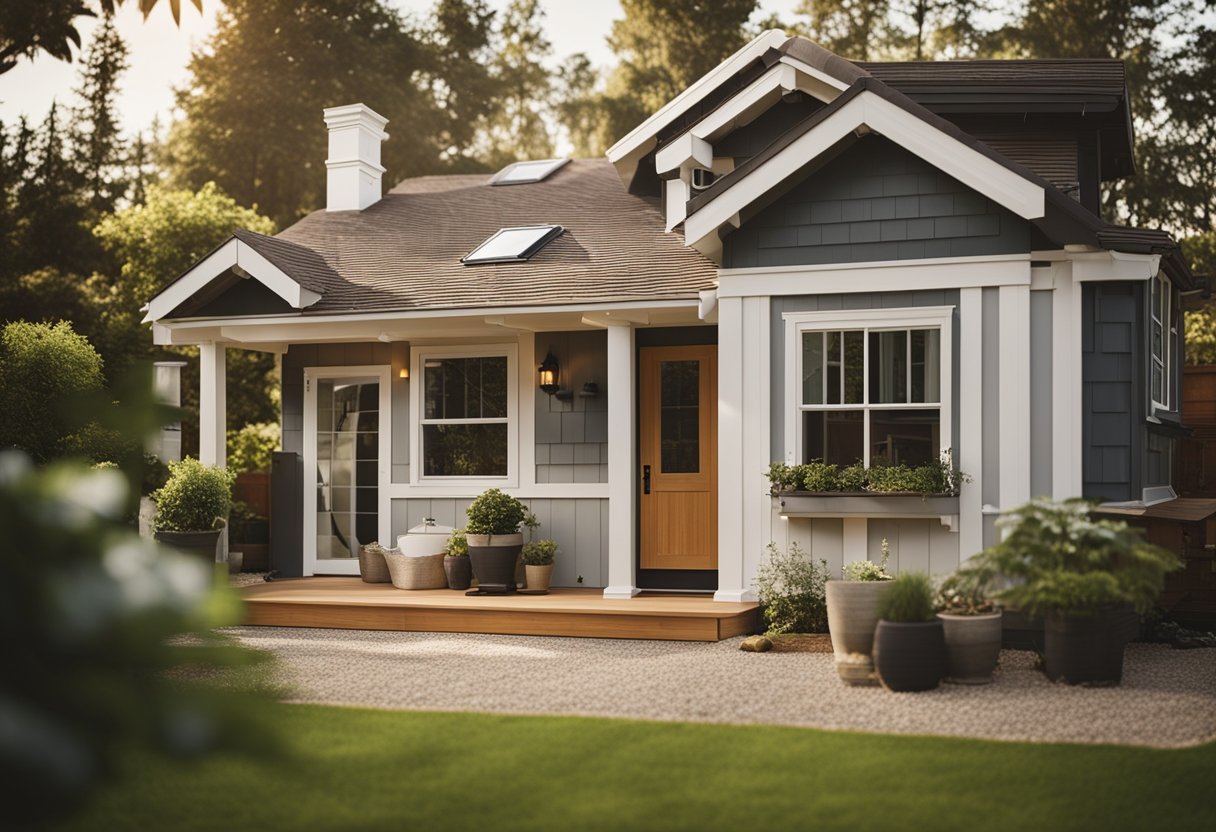
Understanding Tax Implications
Finally, it’s important to understand the tax implications of adding an ADU to your property. Rental income is generally considered taxable income and must be reported on your tax return. However, you may be able to deduct certain expenses, such as property taxes and maintenance costs, from your rental income.
You’ll also want to consider how adding an ADU may affect your property taxes. In some cases, adding an ADU may increase your property taxes. However, there may be exemptions or deductions available, depending on your state and local laws.
Overall, it’s important to carefully consider the financial implications of adding an ADU to your property. By taking the time to research your options and calculate your expenses, you can ensure that your ADU project is a sound investment that provides a reasonable return on your investment.
Renting Out Your ADU
Congratulations on building your ADU! Now, it’s time to start making some money by renting it out. Here are some tips to help you get started:
Setting Up as a Landlord
Before you start renting out your ADU, you need to make sure you’re set up as a landlord. This includes things like getting a business license, setting up a separate bank account for rental income, and creating a lease agreement. You can find lease agreement templates online or hire a lawyer to draft one for you. Make sure you’re familiar with landlord-tenant laws in your area so you don’t run into any legal issues down the line.
Short-Term vs. Long-Term Rentals
One of the first decisions you’ll need to make is whether you want to rent out your ADU on a short-term or long-term basis. Short-term rentals, like those on Airbnb, can be more lucrative but require more work and come with more risk. Long-term rentals, on the other hand, are more stable and require less work, but may not be as profitable. Consider your goals and how much time you’re willing to invest before making a decision.
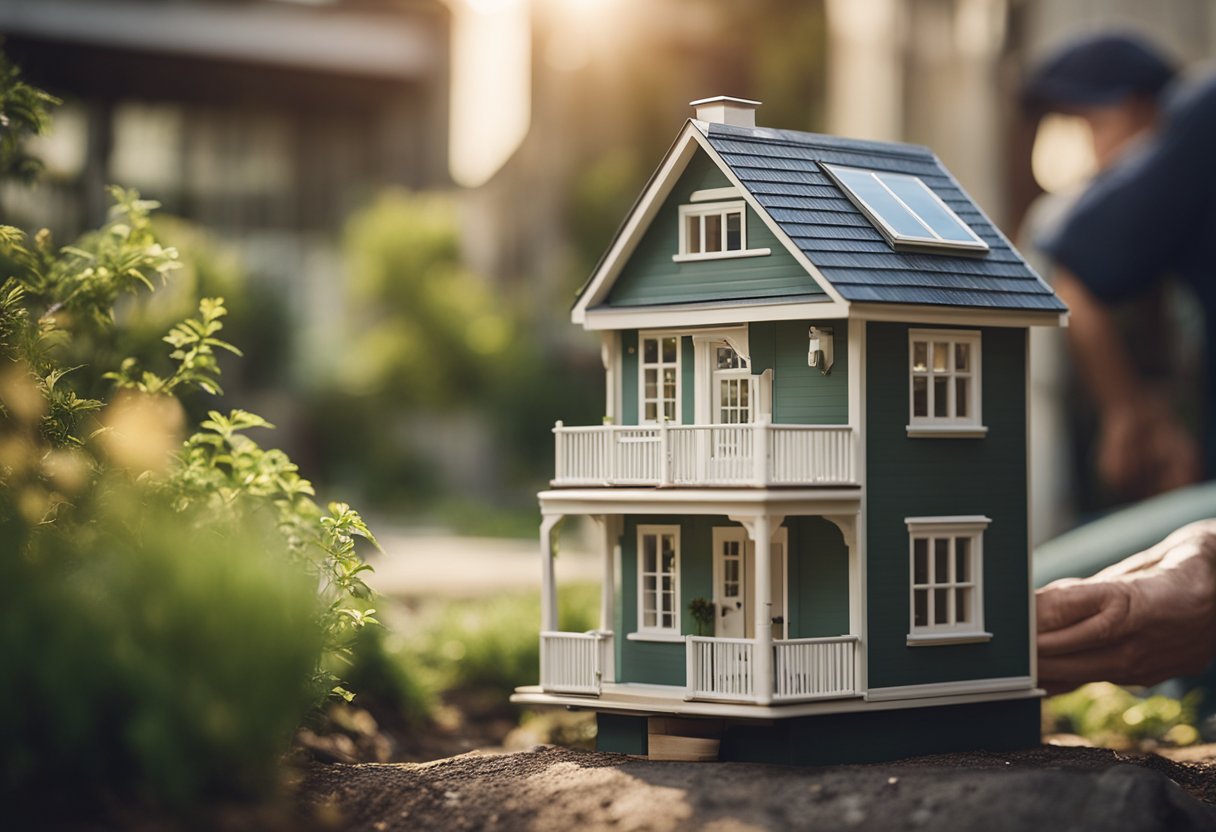
Marketing Your Rental Unit
Once you’ve decided on your rental strategy, it’s time to start marketing your rental unit. Take some high-quality photos of your ADU and create a listing on popular rental websites like Zillow, Trulia, or Craigslist. You can also list your ADU on Airbnb or other short-term rental platforms if you choose to go that route. Be sure to include all the important details about your rental unit, like the number of bedrooms and bathrooms, the monthly rent, and any amenities that are included.
In conclusion, renting out your ADU can be a great way to make some extra money. Just be sure to do your research and set yourself up for success by becoming a knowledgeable landlord. Good luck!
Frequently Asked Questions (FAQs)
What are the requirements for building an ADU in Ontario?
To build an accessory dwelling unit (ADU) in Ontario, you must meet certain requirements. According to the Ontario government, your property must be zoned for residential use, and you must have enough space on your lot to accommodate the ADU. You’ll also need to obtain the necessary permits and approvals from your local municipality.
How do I register a second unit in Ontario?
To register a second unit in Ontario, you’ll need to follow the Ontario government’s guidelines. You’ll need to obtain the necessary permits and approvals from your local municipality, and your unit will need to meet certain safety and building standards. Once your unit is complete, you’ll need to register it with the Land Registry Office.
What’s the difference between an ADU and an SDU?
An accessory dwelling unit (ADU) is a self-contained unit that is located on the same lot as a primary dwelling unit, while a secondary dwelling unit (SDU) is a self-contained unit that is located within a primary dwelling unit. ADUs are typically detached from the primary dwelling, while SDUs are typically located within the primary dwelling.
Can you give me some examples of accessory dwelling units?
There are many different types of ADUs, including garden suites, laneway houses, and garage suites. Garden suites are typically located in the backyard of a primary dwelling, while laneway houses are located on the same lot as a primary dwelling but face onto a laneway. Garage suites are located above or beside an existing garage.
What issues might I face with adding an ADU to my property?
Adding an ADU to your property can be a complex process, and there are many factors to consider. You may face issues with zoning, building codes, and permits, and you’ll need to ensure that your ADU meets all safety and building standards. You’ll also need to consider the impact that the ADU will have on your property value and the local community.
Is it possible to add a detached ADU on my property in Ontario?
Yes, it is possible to add a detached ADU on your property in Ontario, but you’ll need to meet certain requirements. Your property must be zoned for residential use, and you’ll need to have enough space on your lot to accommodate the ADU. You’ll also need to obtain the necessary permits and approvals from your local municipality.

